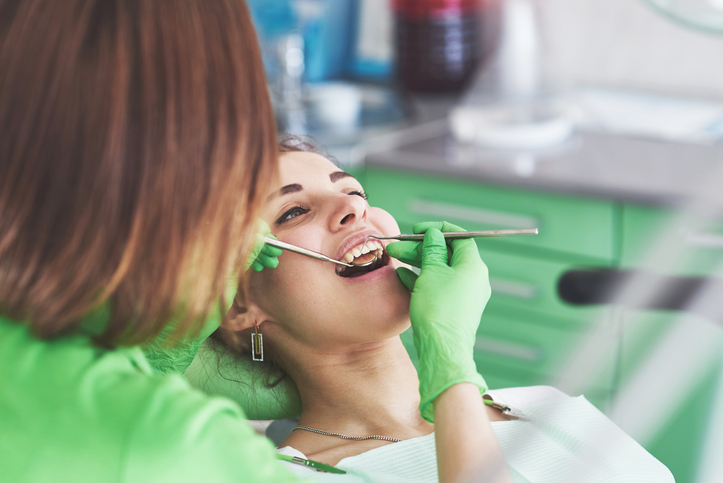COVID-19 has shaken the healthcare industry. In some cases, it has made it difficult for professionals to access much-needed personal protective equipment (PPE). For others, it has made it more difficult to provide care and schedule appointments with clients.
Dental professionals have been forced to adapt their ways of working to prevent the spread of the virus. All routine procedures have been postponed or moved to a virtual format, and many dental practices are only providing emergency care.
Read on to find out some of the ways that dental hygienists are working safely throughout the pandemic.
Dental Hygienists Are Mindful of the Risk of Contracting the Virus
As part of a dental hygiene career you will be in contact with lots of people on a daily basis. This means that proper procedures need to be in place to avoid the transmission of diseases like the coronavirus. The virus can be spread in a number of ways:
- Direct transmission – the virus is present in saliva and respiratory droplets and could be passed on through direct contact or coughing and sneezing
- Contact transmission – the virus can live on surfaces for up to 90 hours and can be transmitted this way
Dental hygienists should take extra precautions to avoid direct and contact transmission.
Dental Hygienists Are Screening Clients and Providing Virtual Care Where Possible
The first step to preventing the spread of COVID-19 is to limit in-person interaction. Dental hygienists should screen clients both before they make an appointment, and before they enter the practice. Questions should include:
- Have you or someone you’ve been in contact with travelled outside Canada in the last 21 days?
- Do you have flu-like symptoms such as a fever, cough, or difficulty breathing?
If the client answers positively to any of the questions, you should either postpone the appointment, refer them to a medical professional, or conduct the appointment virtually if possible. Before an in-person appointment, it is a good idea to organize a virtual appointment to answer any questions and limit the amount of time spent in the dental office.

Don’t Underestimate the Importance of Infection Control After Dental Hygienist Training
There are a number of steps that you could take after dental hygienist training to make dental care safer for staff and clients. Firstly, all staff should wear personal protective equipment (PPE) including glasses, gloves, masks, and a gown, at all times. Masks should also be offered to clients entering the dental office if possible.
In addition, it’s a good idea to keep hand sanitizer near the entrance and at the desk and encourage staff and clients to regularly disinfect their hands.
Before treatment, get clients to rinse their mouth with an antibacterial mouth rinse. This should be standard procedure, but is especially important during the pandemic as the virus can be transmitted through saliva.
As well as this, introduce measures to enforce social distancing in waiting rooms. Chairs should be two metres away from each other so that clients don’t pass the virus to one another.
Do you want to become a dental hygienist?
Contact CADH for more information!


